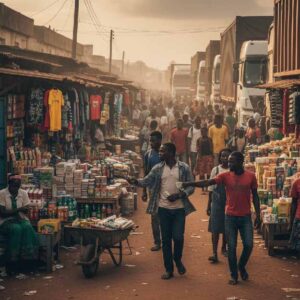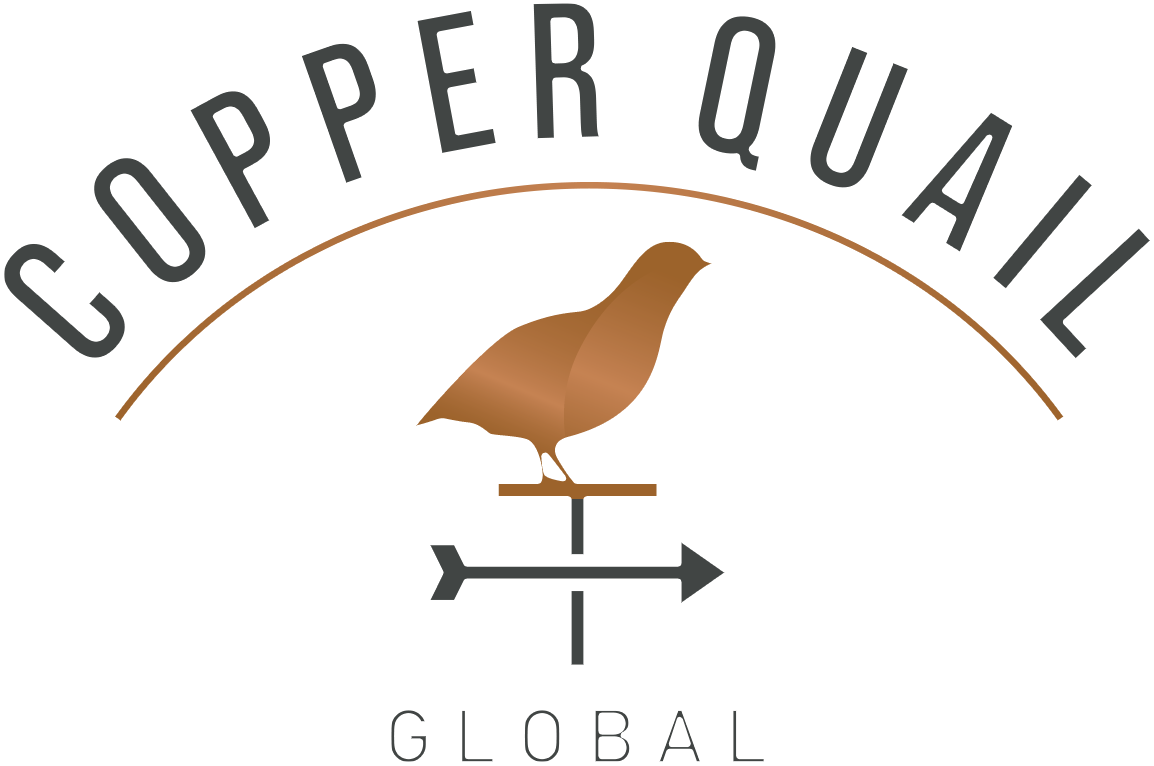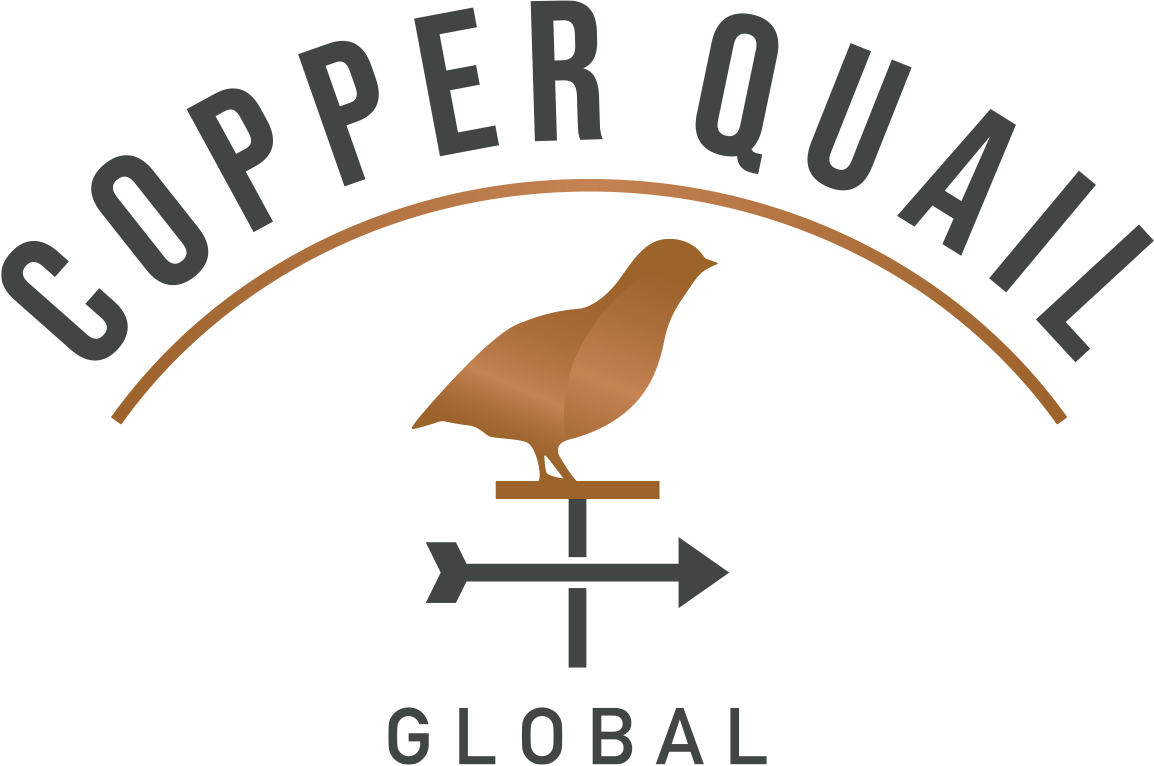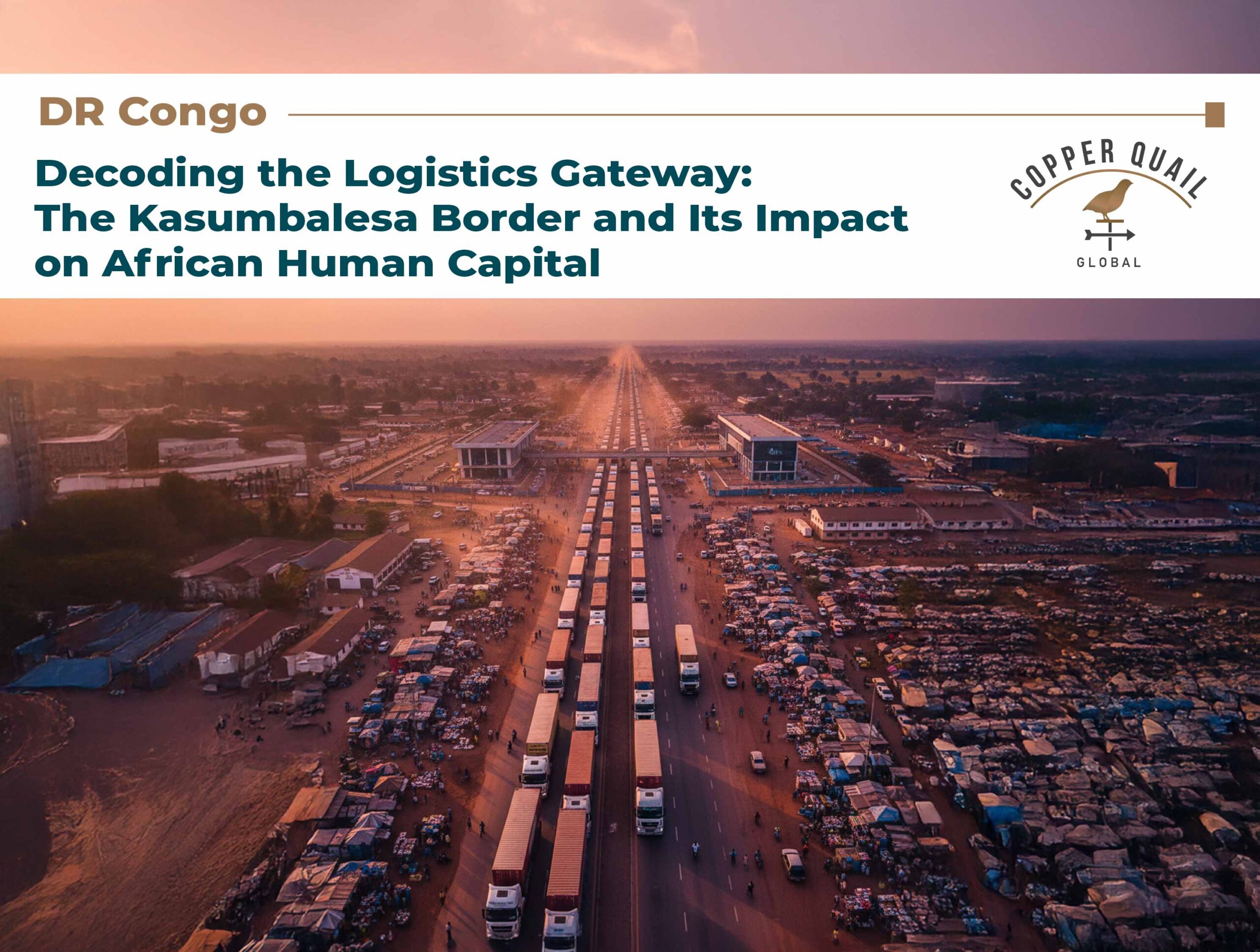As a Human Capital Solutions Partner with over 15 years of experience across the continent, Copper Quail Global understands that successful expansion into Africa is about more than just finding the right talent. It’s about navigating the entire operational landscape—and few elements are as crucial, or as complex, as the cross-border logistics that underpin key industrial hubs.
The Kasumbalesa border post, straddling the divide between the copper belts of Zambia and the Democratic Republic of Congo (DRC), is one such critical node. It is arguably the busiest and most congested border crossing in sub-Saharan Africa. Our experience on the ground there revealed not just the administrative and infrastructural challenges, but the profound human element—the “real, current situation”—that directly impacts the success of global businesses operating in this high-potential region.
An On-the-Ground Perspective: Navigating the Kasumbalesa Ordeal
Back in August 2012, a major manufacturing client—whose product was highly logistics-sensitive—tasked us with a unique mission: to gain a first-hand understanding of the Kasumbalesa crossing. We needed to know what they were “truly in for” when transporting goods between the two nations before committing to a new plant investment.
The experience of crossing Kasumbalesa on foot was an eye-opener. The Zambian side was relatively swift, involving little more than filling a ledger and receiving a passport stamp. The step onto Congolese soil, however, was a jarring transition. Despite a recent upgrade to modern customs buildings, the reality was a gauntlet of young touts aggressively soliciting “service for dollars” and a forty-minute, anxiety-ridden wait for an official to process our passports. This chaotic, unsystematic entry into the DRC immediately highlighted a foundational truth for any business: border efficiency is not just about infrastructure; it’s about governance and process control.
The subsequent 90-kilometre drive to Lubumbashi, the main mining centre in Haut-Katanga, was a slow crawl, battling the immense volume of freight trucks, frequent breakdowns, and accident wrecks. This journey cemented the understanding that the bottleneck is not only at the border gate but across the entire logistics corridor.

The Strategic Importance of the Kasumbalesa Corridor
The challenges at Kasumbalesa are significant precisely because the stakes are so high. This border post is the main gateway to the DRC’s mineral-rich southern provinces, linking the colossal mining operations of Haut-Katanga (Lubumbashi) and Lualaba (Kolwezi) with Zambia and the wider Southern African trade network.
A Mineral Export Engine: It is the primary route for the DRC’s globally essential copper and cobalt exports to ports in South Africa and beyond.
The Supply Lifeline: The DRC is heavily reliant on Zambia for critical imports, including mining equipment and cement.
With approximately 500 long-haul trucks cleared daily in both directions, any friction at this choke point creates an enormous and costly ripple effect across regional supply chains. The queue congestion has, at times, reportedly stretched over 50 kilometres back into Zambia and 80 kilometres on the DRC side, a logistical nightmare driven by cumbersome customs procedures and protracted transit clearance delays.
Security, Stability, and the Cost of Inefficiency
The persistent congestion is not only an economic issue; it is a human capital and security challenge. The concentration of hundreds of trucks, vendors, and pedestrians in a small area raises the risk of serious incidents:
Hazard and Accident: Tragic incidents, such as a 2013 tanker collision that burnt out 43 trucks and resulted in fatalities, underscore the inherent danger of the backlog.
Social Friction: The volatile environment has fueled friction between Zambian and Congolese drivers and traders, occasionally deteriorating into large-scale rioting and looting, posing a direct threat to the safety of staff and the security of goods.
For companies looking to hire and retain specialist talent—be they expatriates or high-value local professionals—the safety and operational stability of the logistics chain are paramount. Inefficient borders, security risks, and unpredictable timelines translate directly into higher operating costs, increased staff risk, and significant HR challenges, particularly for expatriate recruitment and talent retention.
Paving the Way for a More Efficient Future
The good news is that the strategic importance of Kasumbalesa has driven recent, high-level attention and infrastructure commitments:
Infrastructure Upgrades
Both Zambia and the DRC are upgrading the connecting roads. Zambia has commissioned the 35-kilometre Chingola-Kasumbalesa dual carriageway, a Public-Private-Partnership (PPP) project that includes a new weighbridge and truck stop. The DRC is likewise engaged in dualisation of the Lubumbashi-Kasumbalesa Road.
Regional Cooperation & Process Automation
More critically, regional bodies and governments are pushing for process-based solutions:
System Integration & Automation: There is a persistent call to integrate and automate the customs systems of the two countries, leveraging technologies like the Automated System on Customs Administration (ASYCUDA).
One-Stop Border Post (OSBP): The establishment of a fully functional OSBP remains the most widely advocated solution to eliminate the duplicative and slow-moving processes on both sides.
24-Hour Operations: While passenger clearance was revised to 24 hours in 2023, extending this to commercial cargo clearance is essential to truly ease the flow.
Logistics Diversification: Industry specialists are investigating alternative routes, such as a potential new corridor between Solwezi (Zambia) and Kolwezi (DRC), to take pressure off Kasumbalesa.
The Human Capital Imperative for Mining and Energy Sectors
For a Human Capital Solutions Partner like Copper Quail Global, the complexity of Kasumbalesa is a daily reality woven into our work across the Mining, Energy, and Engineering sectors.
When we are engaged in Executive Search or Contingency Recruitment for a new DRC or Zambian project, we often encounter a critical operational gap in a client’s team: a need for a Supply Chain and Logistics Specialist or a Project Manager with truly authentic, on-the-ground experience in these complex corridors.
An up-to-date, first-hand understanding of logistical constraints—which, as the original journey showed, can change suddenly—is invaluable. It is the long-haul truck drivers who often hold the most accurate, current intel on African border posts.
For a business to thrive in this vibrant but challenging region, they must recruit and empower leadership that understands and can mitigate these operational hurdles. The resilience, local knowledge, and strategic foresight to navigate the logistics of the Copperbelt—from the border crossing to the final mile—are as crucial as technical expertise.
In a region where logistics complexity directly impacts everything from production schedules to worker safety, investing in top-tier human capital solutions that marry regional expertise with global standards is the only way to transform operational risk into a competitive advantage.


